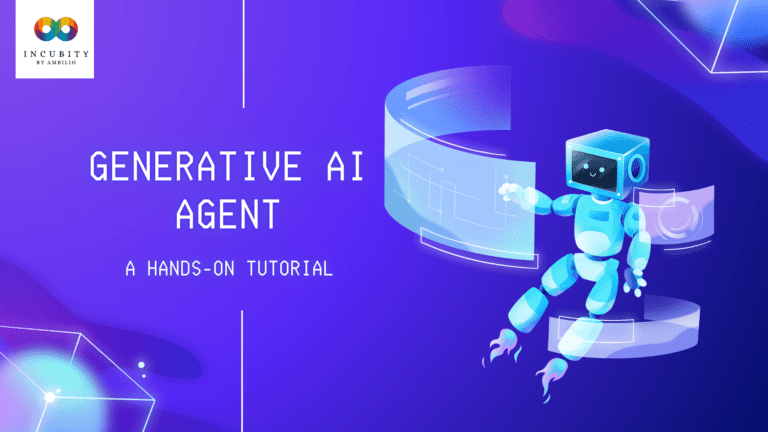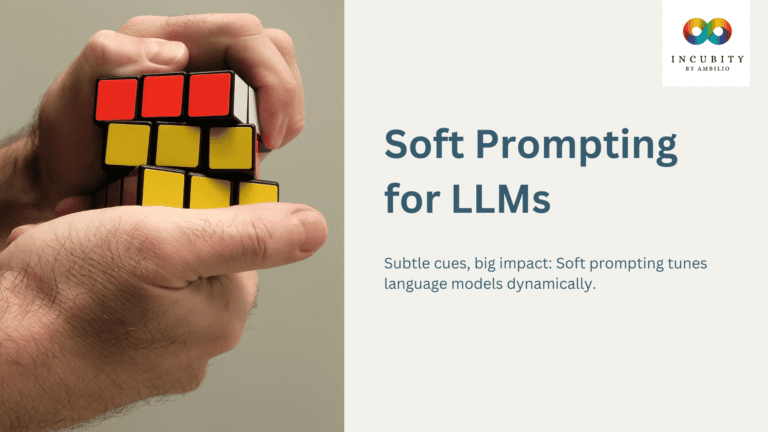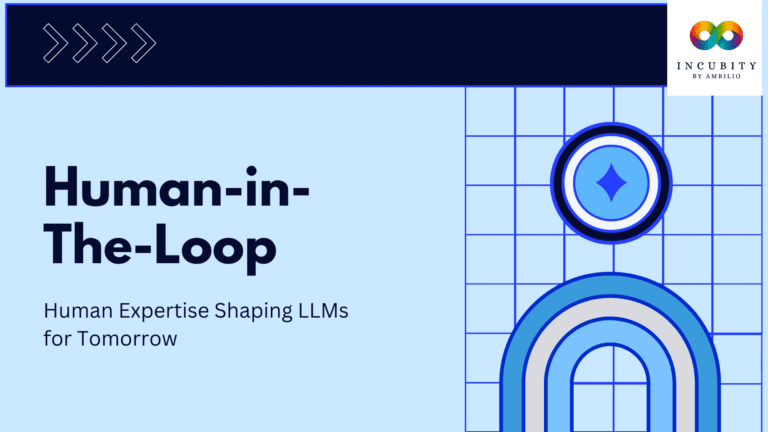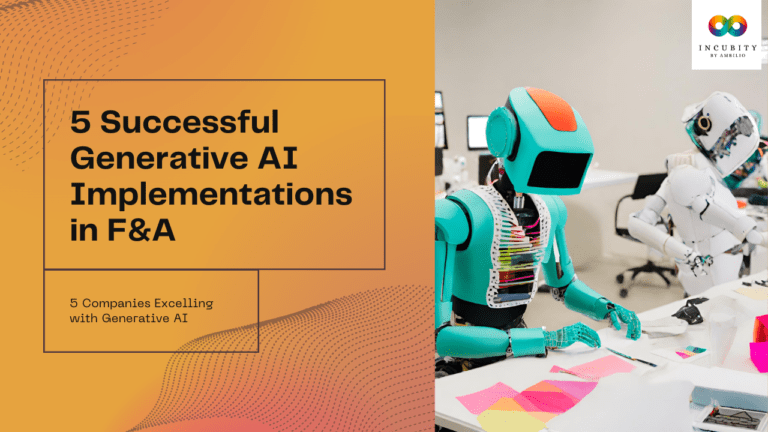Introducing an innovative project leveraging cutting-edge technology in the banking sector! Our proposed project aims to revolutionize document analysis and customer application processing using advanced large language models (LLMs) like GPT-4 or LLaMA 2, coupled with robotic process automation (RPA).
By harnessing the power of these state-of-the-art tools, we aspire to streamline and expedite the review, extraction, and analysis of customer data, enabling faster decision-making while significantly reducing manual effort and errors. This transformative project stands poised to elevate operational efficiency, enhance risk management, and revolutionize the banking experience for both customers and stakeholders.
Project Overview
Problem Statement: Traditional document analysis and processing of customer applications in banking involve time-consuming manual reviews, leading to delays in decision-making, potential errors, and operational inefficiencies.
Proposed Solution: Implement a system that utilizes large language models (LLMs) and robotic process automation (RPA) to extract, analyze, and process customer application documents efficiently.
Workflow
- Document Ingestion: Customer application documents (e.g., ID proofs, financial statements) are received and stored in a centralized system.
- RPA and Data Extraction: RPA bots pre-process documents, extract relevant information (such as personal details, income sources, financial history) using Optical Character Recognition (OCR), and convert them into structured data.
- Vector Database Creation: Extracted data is structured and stored in a vector database, enabling quick and efficient retrieval and analysis.
- Large Language Model Analysis: LLMs like GPT-4 or LLaMA 2 are employed to process the data from the vector database. They analyze text, understand context, and interpret the information to identify patterns, anomalies, and potential risks associated with the applications.
- Decision Facilitation: LLMs aid in decision-making by providing insights, risk assessments, and recommendations based on the processed data. They can flag inconsistencies or high-risk elements that need further human review.
- Automated Responses and Actions: For straightforward applications meeting predefined criteria, automated approval or rejection responses can be generated, expediting the process.
Technical Implementation
- Model Integration: Integration of the LLMs with the banking system’s infrastructure through APIs or custom integration.
- RPA Integration: Utilization of RPA tools for automated data extraction, reducing manual effort.
- Database Integration: Development of a vector database compatible with both the RPA and LLM tools for seamless data transfer and retrieval.
Benefits:
- Enhanced Efficiency: Drastic reduction in manual processing time, enabling quicker turnaround for customer applications.
- Improved Accuracy: LLMs can perform comprehensive analyses, reducing the chances of human error in decision-making.
- Scalability: The system can handle a high volume of applications efficiently, scaling according to demand.
- Risk Mitigation: Advanced analysis helps in identifying potential risks and inconsistencies, aiding in better decision-making.
ROI Calculation
- Time Savings: Calculate the time saved per application by automating the process.
- Reduction in Errors: Estimate the reduction in errors and associated costs (e.g., erroneous approvals, rework).
- Operational Cost Reduction: Calculate savings from reduced manual effort and operational costs.
- Improved Customer Experience: Factor in the impact on customer satisfaction leading to potential retention and new business.
Conclusion
Implementing this solution can significantly streamline the document analysis and application processing in banking, resulting in improved efficiency, reduced operational costs, and enhanced decision-making capabilities. The ROI would be substantial, considering time saved, error reduction, and improved customer satisfaction.








